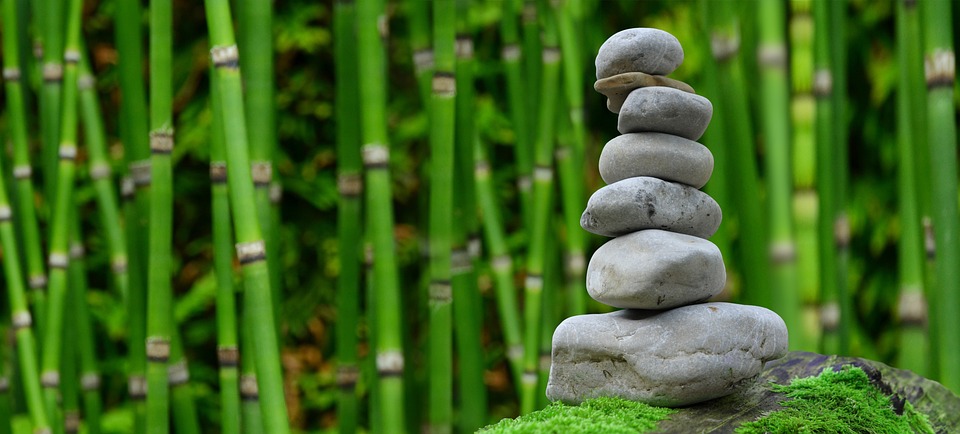
Exploring the Rich Cultural Heritage of Japan
Introduction:
Japan, a country renowned for its technological advancements, also boasts a rich cultural heritage that dates back thousands of years. From traditional arts and crafts to ancient temples and shrines, Japan offers a unique experience for those seeking to immerse themselves in its cultural traditions. In this article, we will explore some of the key aspects of Japan’s rich cultural heritage and highlight the importance of preserving and promoting these traditions.
1. Traditional Arts and Crafts:
One of the most prominent aspects of Japan’s cultural heritage is its traditional arts and crafts. From the delicate art of origami to the intricate designs of kimono fabrics, Japanese craftsmanship is admired worldwide. Traditional arts such as calligraphy, tea ceremonies, and flower arrangement (ikebana) also play a significant role in Japanese culture. These art forms not only showcase the creativity and skill of the artists but also reflect the values and aesthetics of the Japanese people.
2. Ancient Temples and Shrines:
Japan is home to numerous ancient temples and shrines that hold great historical and cultural significance. The iconic Kinkaku-ji (Golden Pavilion) in Kyoto, for example, is a Zen Buddhist temple that attracts thousands of visitors each year. Other notable temples and shrines include the Todai-ji Temple in Nara, known for its giant bronze Buddha statue, and the Itsukushima Shrine in Hiroshima, famous for its floating torii gate. These sacred sites offer a glimpse into Japan’s religious traditions and serve as peaceful retreats for meditation and contemplation.
3. Traditional Festivals:
Japan is renowned for its vibrant and colorful traditional festivals, which are celebrated throughout the year. The most famous of these festivals is the cherry blossom festival (Hanami), where people gather to admire the blooming cherry blossoms and enjoy picnics under the trees. Other notable festivals include the Gion Matsuri in Kyoto, the Nebuta Matsuri in Aomori, and the Awa Odori in Tokushima. These festivals showcase Japan’s unique customs, traditional music, dance, and elaborate costumes, providing a lively and immersive cultural experience.
4. Traditional Cuisine:
Japanese cuisine is another integral part of the country’s cultural heritage. From sushi and sashimi to ramen and tempura, Japanese food is beloved worldwide for its freshness, simplicity, and exquisite presentation. Traditional cooking methods, such as teppanyaki and kaiseki, have been passed down through generations, reflecting the importance of quality ingredients and attention to detail. Moreover, the tradition of enjoying meals together and the concept of omotenashi (hospitality) are deeply ingrained in Japanese culture, making dining an important social and cultural experience.
5. Traditional Performing Arts:
Japan has a rich tradition of performing arts, including Noh theater, Kabuki, and Bunraku puppetry. Noh theater, with its mesmerizing masks and slow-moving performances, embodies the essence of beauty and spirituality. Kabuki, on the other hand, is a more theatrical and lively form of traditional Japanese theater, known for its elaborate costumes and exaggerated gestures. Bunraku puppetry combines puppetry, music, and storytelling to create captivating performances. These performing arts not only entertain audiences but also provide a glimpse into Japan’s historical narratives and cultural values.
Conclusion:
Japan’s rich cultural heritage is a testament to the country’s fascinating history and the enduring traditions of its people. From traditional arts and crafts to ancient temples and shrines, Japan offers a treasure trove of cultural experiences for visitors to explore. Preserving and promoting these traditions is essential to ensure that future generations can appreciate and learn from the unique cultural heritage of Japan. By immersing ourselves in Japan’s rich cultural offerings, we gain a deeper understanding of its people, values, and way of life.
HTML Headings:
Exploring the Rich Cultural Heritage of Japan
1. Traditional Arts and Crafts
2. Ancient Temples and Shrines
3. Traditional Festivals
4. Traditional Cuisine
5. Traditional Performing Arts
Extracted Tags:
traditional arts, crafts, Japan, cultural heritage, ancient temples, shrines, traditional festivals, traditional cuisine, performing arts
Extracted Keywords:
Japan, cultural heritage, traditional arts and crafts, ancient temples, shrines, traditional festivals, traditional cuisine, performing arts, preserving, promoting, traditions

